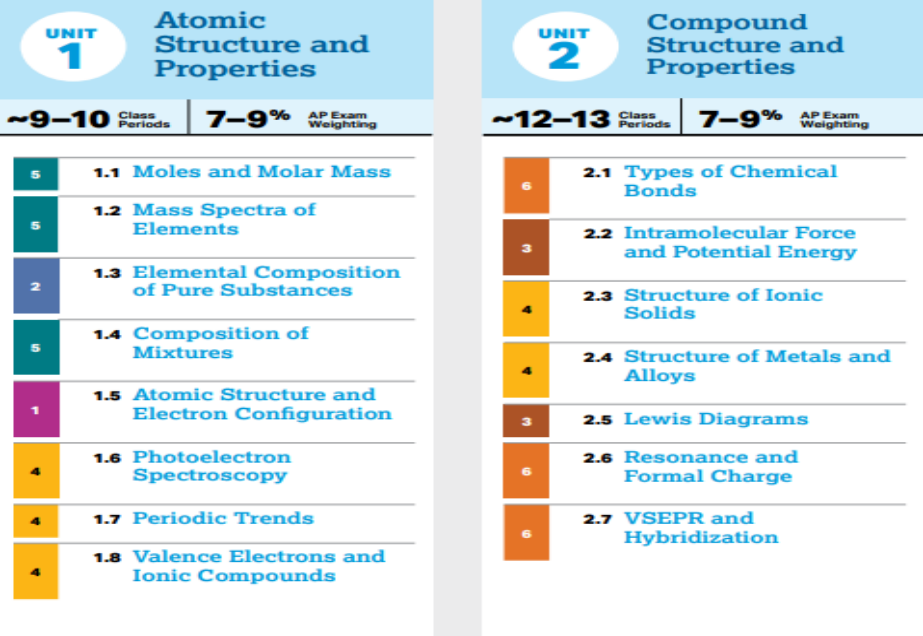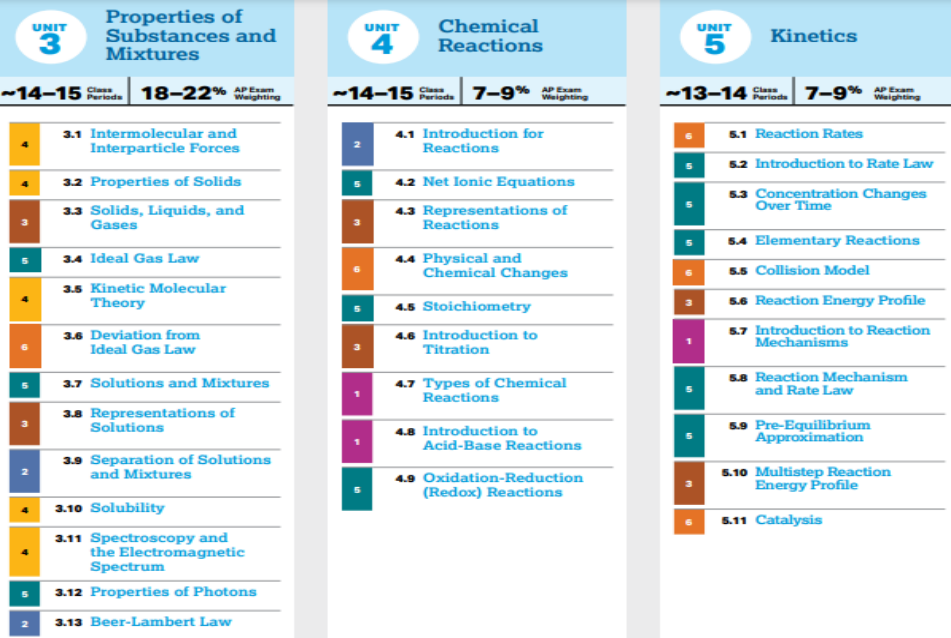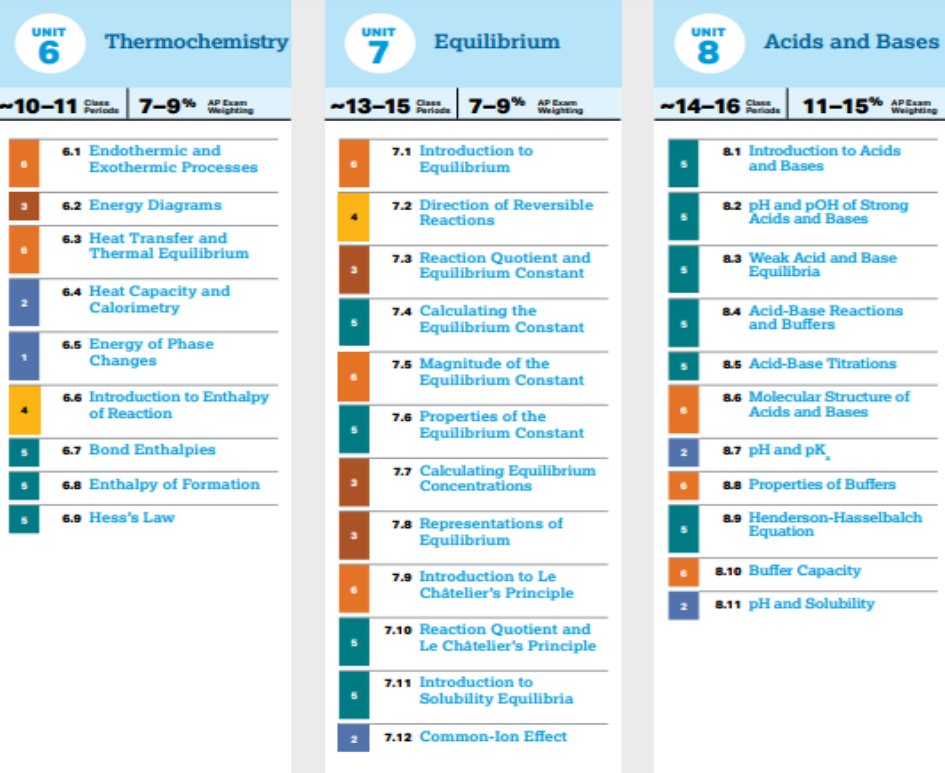Advanced placement Chemistry exam 2025 is made for the types of students who are engaged in extra studies in the subjects that are related with chemistry. AP chemistry deals with college-level chemistry and is given to students at the time when they are in high school. Students not only have their intellect challenged but are also able to learn the necessary scientific and critical thinking skills required for them. This blog will discuss about analysis of the AP Chemistry syllabus 2025 in relation to its structure, syllabus, and examination in detail.
This is a program under the AP Program that seeks to provide a platform for advanced high school students; the AP Chemistry course is ideal for them. The program successfully enables students to undertake chemistry at an advanced level with some earning credits depending on one’s performance in exams.
The syllabus of Advanced Placement Chemistry 2025 incorporates almost all concepts that are explained in a normal chemistry course. The aim of course is to make students expert in the topics of chemistry and the fields that are related.




Lab or Laboratory work is a crucial part of chemistry, engaging and in chemistry curriculum tasks allows students to be curious thinkers. In the AP chemistry course, an important amount is dedicated to moral inquiry. As per Advanced Placement chemistry exam 2025, a major section the course (almost25%) is dedicated to real laboratory examinations.
The AP Chemistry exam is an essential part of the course. The exam comprises MCQ questions and free-response questions.
The exam is divided into two major sections: AP Chemistry exam 2025 multiple choice questions and free-response questions. The weighting is as follows:
| Section | Percentage of Total Exam |
| Multiple-Choice | 50% |
| Free-Response | 50% |
The AP Chemistry syllabus 2025 is divide into nine units, each focuse on specific topics in chemistry. Below is an outline of the units and their respective exam weightings.
| Unit | Exam Weighting |
| Unit 1: Atomic Structure and Properties | 7–9% |
| Unit 2: Compound Structure and Properties | 7–9% |
| Unit 3: Properties of Substances and Mixtures | 18–22% |
| Unit 4: Chemical Reactions | 7–9% |
| Unit 5: Kinetics | 7–9% |
| Unit 6: Thermochemistry | 7–9% |
| Unit 7: Equilibrium | 7–9% |
| Unit 8: Acids and Bases | 11–15% |
| Unit 9: Thermodynamics and Electrochemistry | 7–9% |
Prior to registering in AP Chemistry, it is important for the students to have successfully finished Algebra II and preliminary high school chemistry course or something that is equivalent. These rules are important as the course forms on topics from both the subjects.
The students their goal is to achieve advance their studies in line of chemistry should take the Advanced Placement Chemistry course as it unveils them to basic factors that are crucial in chemistry courses of college-level. In finishing practical work and experimenting with different topics, students gain vital skills that are important for them in future, which involve:
AP students perform better than those who have not done an AP course when enrolled in college, and this degree, combined with better performance, is an outcome of taking an AP course.
According to the AP Chemistry syllabus 2025, the students are take through a well-design and rigorous course of study with the aim of expose them to the advance level of chemistry as done in tertiary institutions. The course contains a good mix of conception and practical work in the laboratory, making it feasible for the students not only to do well in their studies but also with regard to their professional activities in science in the future. The students have the capacity to earn college credit through taking AP Chemistry, and more importantly, they submit proof that they can handle difficult work.
On the other hand, students who want to practice chemistry, medicine, engineering, and other related professions will find AP Chemistry exam 2025 a great, useful link that provides them with the necessary tools to excel in college and beyond
Chemistry Bench is an online chemistry tutoring platform that provides tutoring for various chemistry courses and curricula on the national and international levels.
Subscribe now to receive our latest updates, Courses, and Exam Tips.
